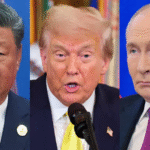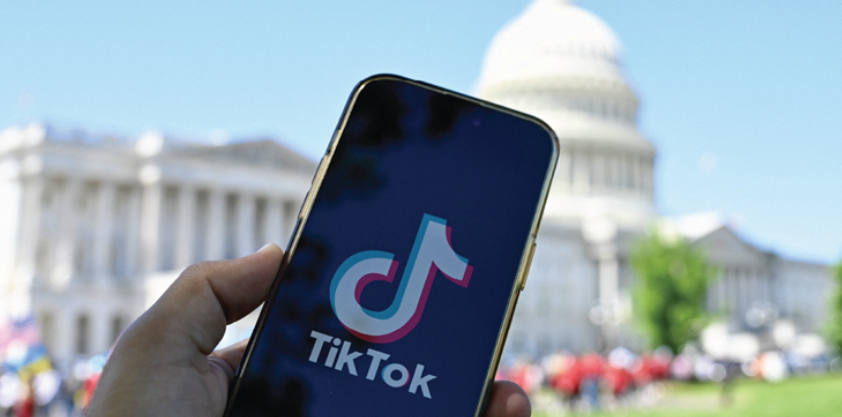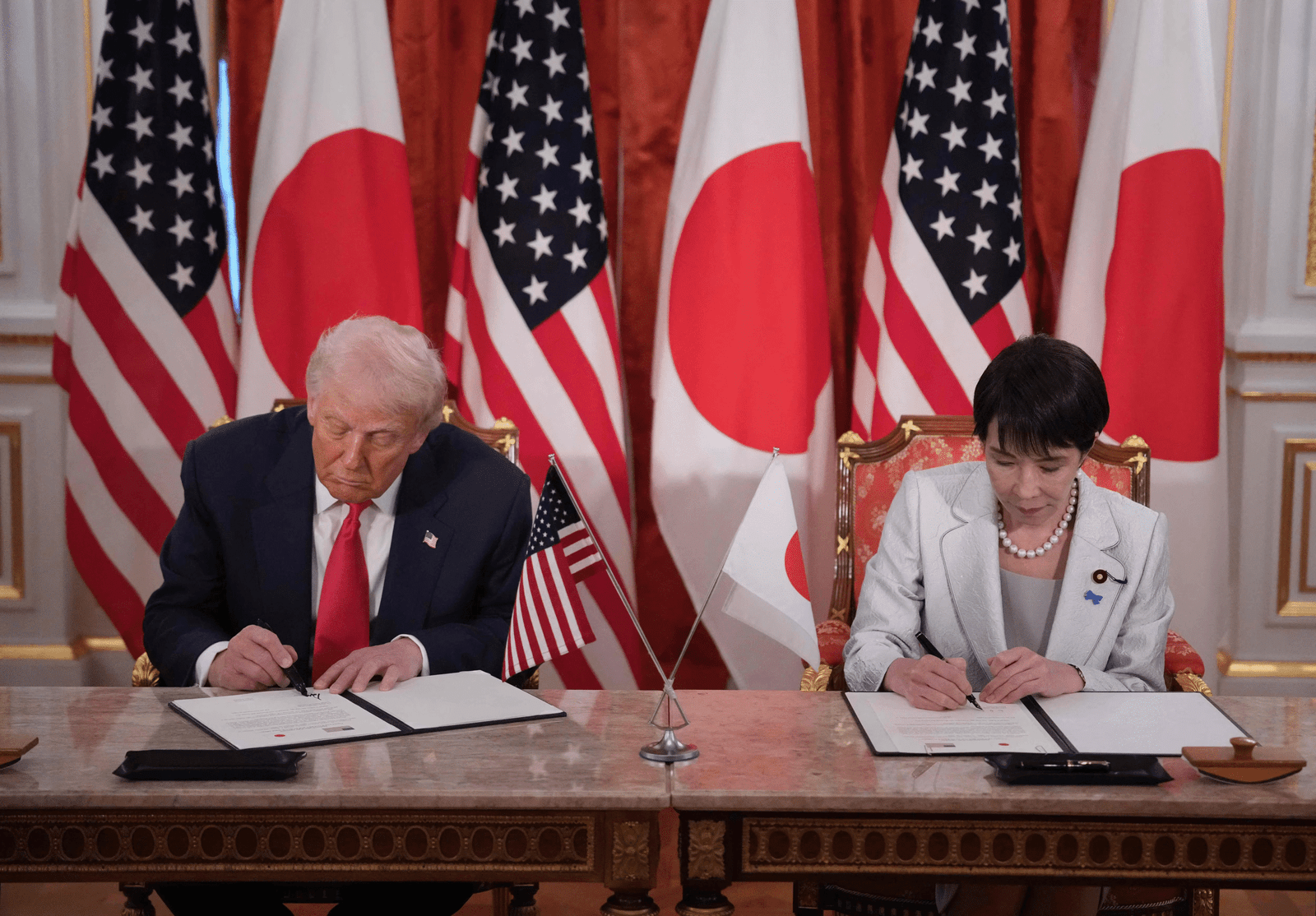January 20, 2025
Background
TikTok, the popular social media platform known for its short-form videos, faced a significant disruption in the United States. On January 17, the U.S. Supreme Court upheld a law mandating that ByteDance Ltd., TikTok’s Chinese parent company, divest its U.S. operations by January 19, citing national security concerns. In compliance, TikTok ceased operations on January 18, rendering the app inaccessible to its American users.
President-elect Trump’s Intervention
In a surprising turn, President-elect Donald Trump announced on January 19 his intention to delay the ban through an executive order. He proposed a joint venture structure, allowing for 50% U.S. ownership of TikTok, aiming to address security concerns while preserving the platform’s availability. Following this announcement, TikTok began restoring its services, much to the relief of its extensive user base.
User Reactions
The temporary shutdown had a profound impact on TikTok’s 170 million U.S. users. Many expressed their dismay through social media, organizing virtual farewells and even staging mock funerals for the app. Small businesses that relied on TikTok for marketing also faced potential setbacks. The platform’s restoration was met with widespread celebration, highlighting its deep integration into American digital culture.
Ongoing Concerns
Despite the immediate resolution, uncertainties linger regarding TikTok’s future in the U.S. ByteDance has resisted selling its U.S. operations, and while President-elect Trump’s intervention has provided temporary relief, the app’s status remains subject to further legal and political developments. The situation underscores the broader challenges of balancing technological innovation with national security considerations in an increasingly digital world.











